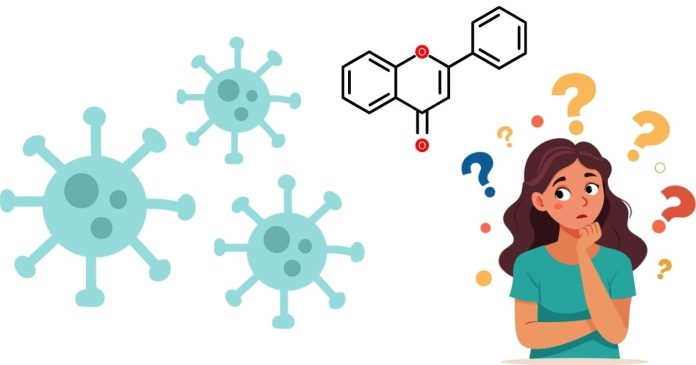Cells are the basic building blocks of life, and within each cell, a series of intricate structures work together to maintain life. These structures, known as organelles, carry out essential life functions that allow the cell to grow, reproduce, respond to stimuli, and carry out metabolism. Here’s an overview of the key organelles and structures that perform life functions within cells:
1. Nucleus
The nucleus is often referred to as the control center of the cell. It contains the cell’s genetic material (DNA), which provides instructions for building proteins and regulating cell activities. The nucleus controls key life functions such as growth, reproduction, and metabolism by regulating gene expression.
- Structure: Surrounded by a nuclear envelope, the nucleus contains nucleoplasm and the nucleolus, where ribosomal RNA (rRNA) is produced.
- Life Functions: Gene expression, cell division (mitosis and meiosis), and the synthesis of proteins necessary for cellular functions.
2. Mitochondria
Known as the powerhouses of the cell, mitochondria are responsible for producing energy in the form of ATP (adenosine triphosphate) through the process of cellular respiration. This energy is crucial for powering various biochemical processes within the cell.
- Structure: Mitochondria have a double membrane, with the inner membrane forming folds called cristae, where energy production takes place.
- Life Functions: ATP production (cellular respiration), regulation of metabolism, and involvement in apoptosis (programmed cell death).
3. Ribosomes
Ribosomes are the cell’s protein factories. They are responsible for protein synthesis, translating genetic information from mRNA (messenger RNA) into polypeptide chains that fold into functional proteins. Proteins are essential for numerous cell functions, including structural support, enzyme activity, and communication.
- Structure: Ribosomes can be found floating freely in the cytoplasm or attached to the endoplasmic reticulum (ER), forming the rough ER.
- Life Functions: Protein synthesis, essential for growth, repair, and cellular activities.
4. Endoplasmic Reticulum (ER)
The endoplasmic reticulum (ER) plays a significant role in the synthesis, folding, modification, and transport of proteins and lipids.
- Rough ER: Studded with ribosomes, it is primarily involved in the synthesis and processing of proteins.
- Smooth ER: Lacking ribosomes, it is responsible for the synthesis of lipids, detoxification of chemicals, and metabolism of carbohydrates.
- Life Functions: Protein and lipid synthesis, intracellular transport, and detoxification.
5. Golgi Apparatus
The Golgi apparatus, also known as the Golgi body, is responsible for modifying, sorting, and packaging proteins and lipids for transport to their final destinations, either inside or outside the cell.
- Structure: Composed of stacked membranes, the Golgi apparatus works closely with the ER to process materials.
- Life Functions: Protein modification, sorting, packaging for secretion, and the creation of lysosomes.
6. Lysosomes
Lysosomes are the cell’s digestive system. These organelles contain enzymes that break down waste materials, old organelles, and foreign substances, ensuring the cell remains clean and functional.
- Structure: Spherical vesicles containing digestive enzymes, lysosomes are surrounded by a membrane to prevent the breakdown of the cell’s own components.
- Life Functions: Intracellular digestion, waste removal, recycling of cellular materials.
7. Cytoskeleton
The cytoskeleton is a network of protein filaments and tubules that provides structure, shape, and mechanical support to the cell. It also facilitates cellular movement and the transport of materials within the cell.
- Structure: Composed of microtubules, microfilaments, and intermediate filaments, the cytoskeleton forms a dynamic framework that can change shape.
- Life Functions: Cell movement, intracellular transport, and maintaining cell shape.
8. Plasma Membrane
The plasma membrane (or cell membrane) serves as the boundary between the cell and its external environment. It regulates what enters and exits the cell, maintaining homeostasis by allowing nutrients in and waste products out.
- Structure: Composed of a lipid bilayer with embedded proteins, the plasma membrane is selectively permeable.
- Life Functions: Transport of materials, cell communication, and protection of internal cellular components.
9. Vacuoles
Vacuoles are storage organelles that hold various substances such as nutrients, water, and waste products. They also maintain turgor pressure in plant cells, which is important for structural support.
- Structure: Membrane-bound compartments that vary in size depending on the cell type.
- Life Functions: Storage of materials, maintaining cell pressure, waste disposal.
10. Chloroplasts (in plant cells)
Chloroplasts are unique to plant and algal cells, and they are responsible for photosynthesis—the process of converting sunlight, carbon dioxide, and water into glucose (a form of sugar) and oxygen.
- Structure: Contain chlorophyll, a green pigment, and a double membrane system with internal structures called thylakoids.
- Life Functions: Photosynthesis, energy production in plant cells, and contributing to the plant’s growth.
Cell life is maintained through the coordinated activities of various organelles that perform specific life functions such as energy production, protein synthesis, waste management, and communication. The nucleus, mitochondria, ribosomes, endoplasmic reticulum, and others work in harmony to ensure the cell can perform its tasks efficiently, contributing to the overall health and survival of the organism. These structures are essential for sustaining life at the cellular level, demonstrating the complexity and efficiency of biological systems.



